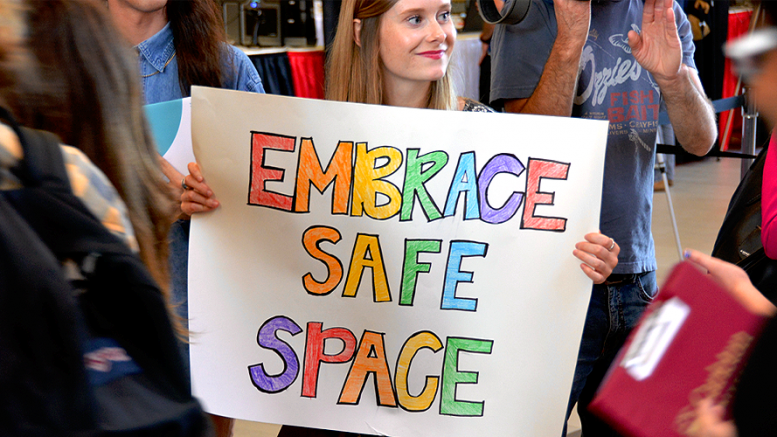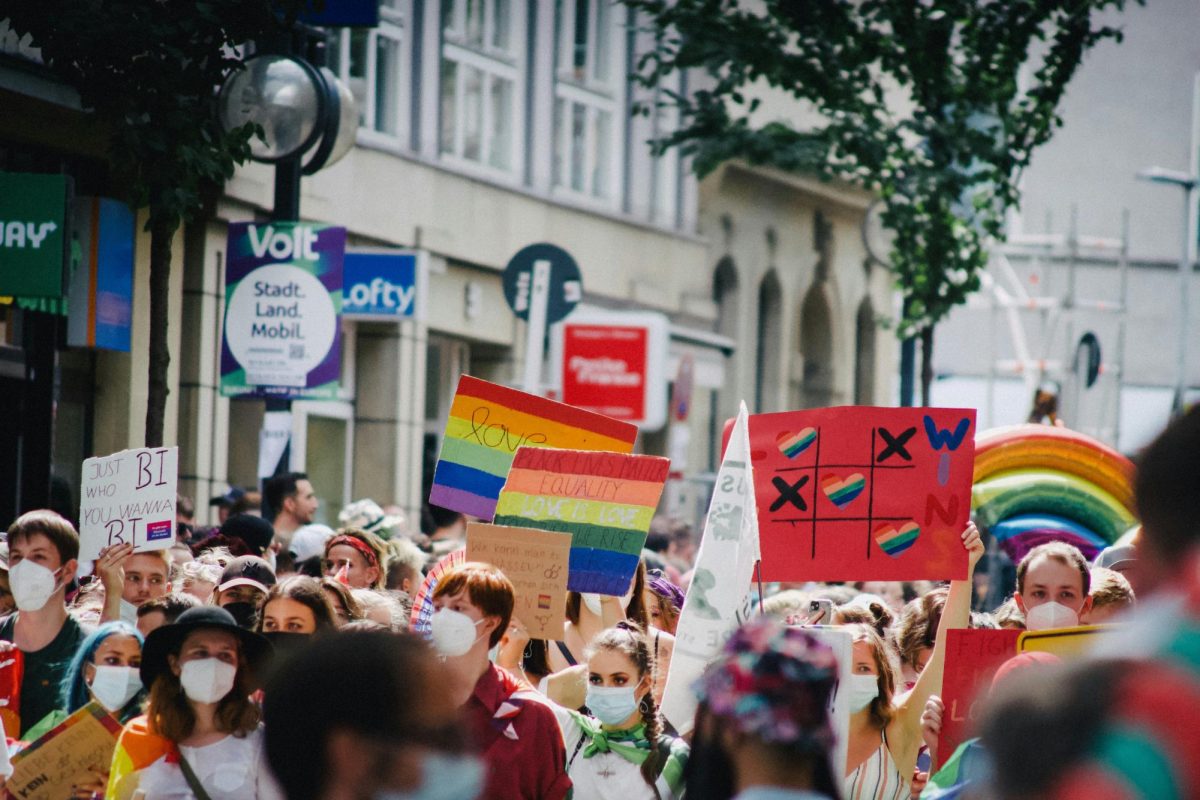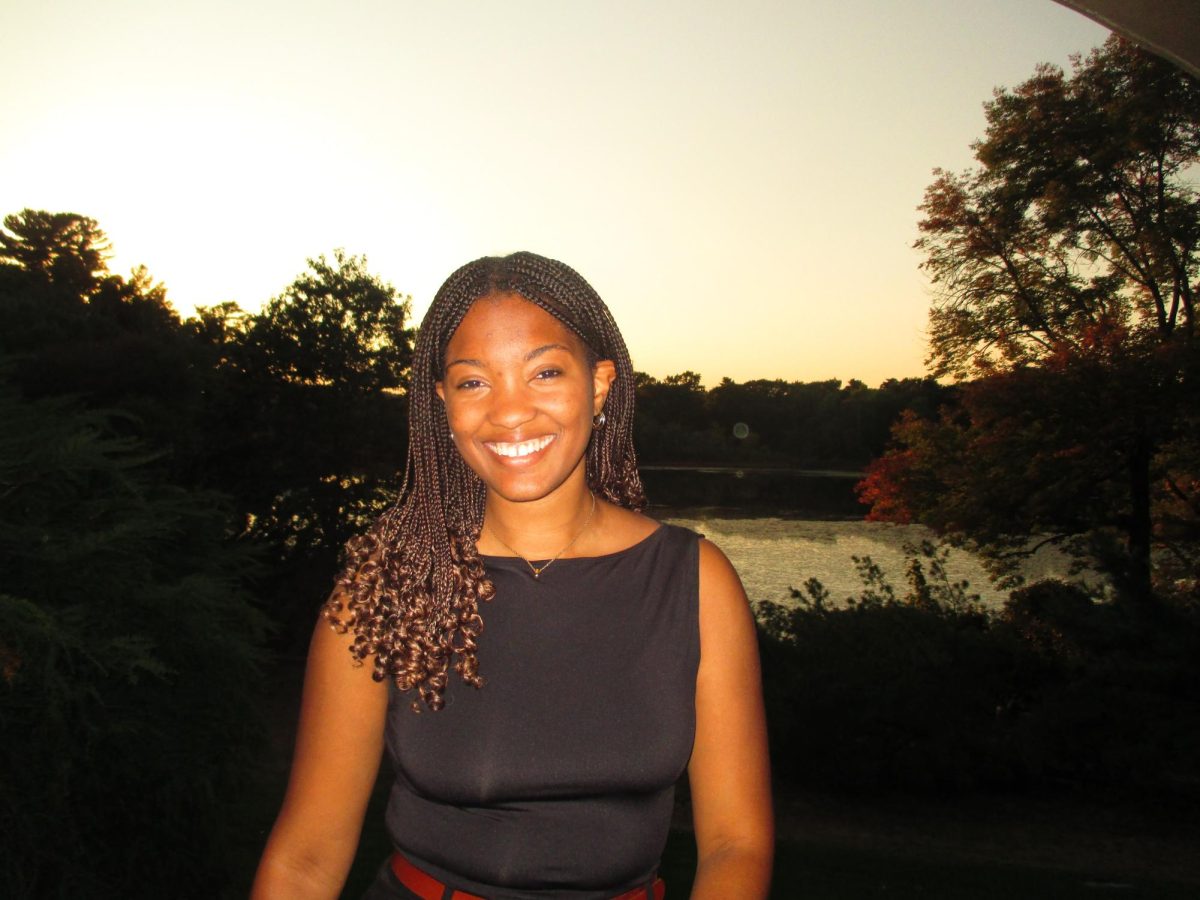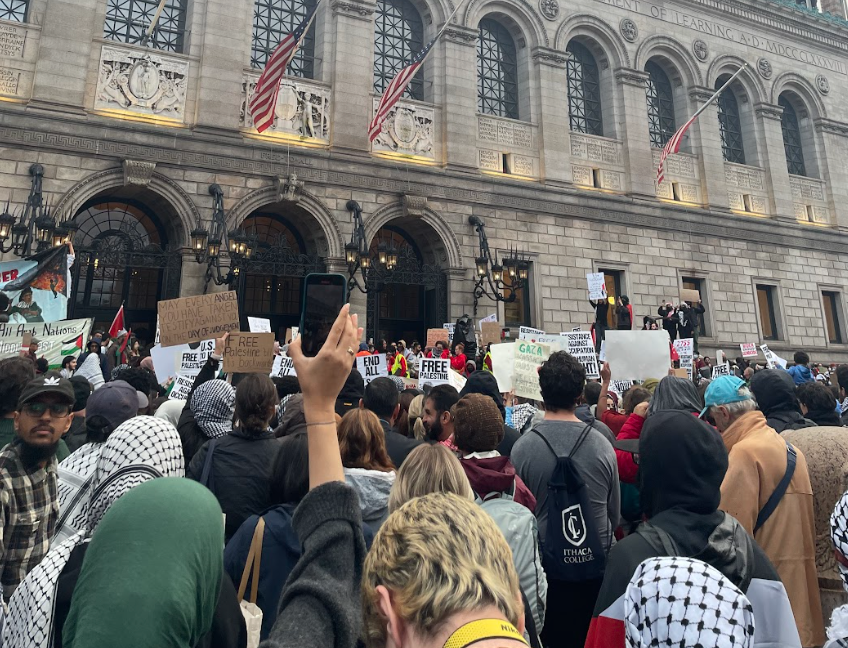In the wake of the University of Chicago’s decision to prohibit the creation of space spaces and trigger warnings on its campus, academics and students have debated extensively over the consequences of such intellectual protections. While we understand that freedom of inquiry is a defining characteristic of higher education, we maintain that content warnings are essential for fostering respect within our community. Perhaps, this editorial argument is obvious to the Wellesley Community; for that reason, we invite you to read our counterpoint on this topic.
Trigger warnings are like an ingredients label: they list the contents so that people can avoid them if necessary. They neither censor information, nor remove details. They are simply a respectful indicator that a certain topic is being discussed. The word “trigger” justifies the advance notices, as material can bring forward traumatizing experiences, including ones related to sexual assault, violence, or mental illness. Given that most institutions of higher education now have exceptionally diverse student bodies with equally diverse experiences, intellectual protections are integral to fostering both confidence and respect. Enabling students to overcome their fears and inhibitions does warrant fair subscription to difficult subjects. Fairness in the classroom implies, among other notions, that individuals have equitable opportunity to engage; students can prepare for potentially triggering material in advance and seek support.
Certainly, students need not be unexpectedly provoked by the content of their courses; neither should administrators, staff, faculty or fellow peers be comfortable in bombarding an unexpecting, unsuspecting student with provoking and painful information. Rather, trigger warnings do not demand or ask professors to change their syllabi, but to be polite and respectful in forewarning students and welcoming of those with fear of failure or rejection.
While some people argue that content disclaimers are an invention of the “snowflake generation,” this statement is rooted in ignorance. Rather, the group of students entering universities today is the most diverse in history. Each of us has had a different upbringing, and we are not all affected by the same issues. Indeed, some aspects of our lives are deeply personal. Moreover, colleges are now forced to confront issues which they previously ignored, such as sexual assault. These new developments in universities have affected some more profoundly than others, leading to the creation of intellectual protections, including safe spaces.
While some see safe spaces as coddling constructs, they are better and more accurately described as confidence builders. The fundamental concept of a space space is to invigorate silenced opinions and value ideas equally. While the rules of safe spaces vary, they are united by the fact that they do not place one type of speech superior to another. Safe spaces bolster the ability of an individual to speak freely because they are about dismantling unbalanced power through bolstering and making space for ignored, suppressed or silenced opinions.
Universities should protect freedom of speech, unflinchingly. Trigger warnings are not impressed at the expense of that freedom; rather, due disclaimers allow for participants to prepare, surpass initial and intense emotions, and enter into intellectual discussion without hesitation or apprehension. The denigration of safe spaces and trigger warnings, rather than a commitment to freedom, seems to be more about laziness. For example, in 2014, after a student-led petition, Brandeis University canceled its plan to given Ayaan Hirsi Ali, a women’s’ rights activist, an honorary degree because students did not believe her Islamophobic comments should be condoned, much less lauded. Ali is a fierce critic of Islam, disparaging the religion as “a destructive, nihilistic cult of death” and as “the new fascism.” While safe space and trigger warnings do not warrant the rescinding on invitation of campus speakers on the basis that their opinions are unpopular, this case should not be conflated with, for example, the dis-invitation of Christine Lagarde, the International Monetary Fund managing director, to speak at the Smith College 2014 Commencement. Ali was not invited to speak at Brandeis, but was to be honored for her character and commitment to social justice; it was a laziness on part of the selecting committee to look past an individual’s clear prejudice towards an entire religion. However, many lambasted the Brandeis petition, failing to draw the distinction between supporting and engaging with offensive opinions. Rather, Brandeis did not silence Ali, but invited her, after rescinding the degree, to engage in a dialogue on campus. Though Ali refused the second invitation, Brandeis ultimately respected Muslim identity, upheld its commitment to social justice, and the freedom of speech.
Creating safe spaces is not an easy task, as it demands attention and engagement with diversity. Though the enforcement of rules seems restrictive and regulatory, safe space guidelines are social codes that when upheld, allow for deeper discussion.
These recommendations vary according to the situation, and, for example, include personal ownership of opinions with “I” statements. While safe spaces often require facilitation and self-governorship, trigger warnings do not. It is simply the choice of the professor or speaker to inform their audience about what they will teach or say. There is no pedagogical benefit to sustaining hostile and punitive spaces for students.
Freedom of speech and respectful academia are not mutually exclusive. We can engage with difficult material, broaden our perspectives, and challenge our predispositions, while being polite and respectful of the lived experiences of our peers and professors.
Photo courtesy of DC Gazette







